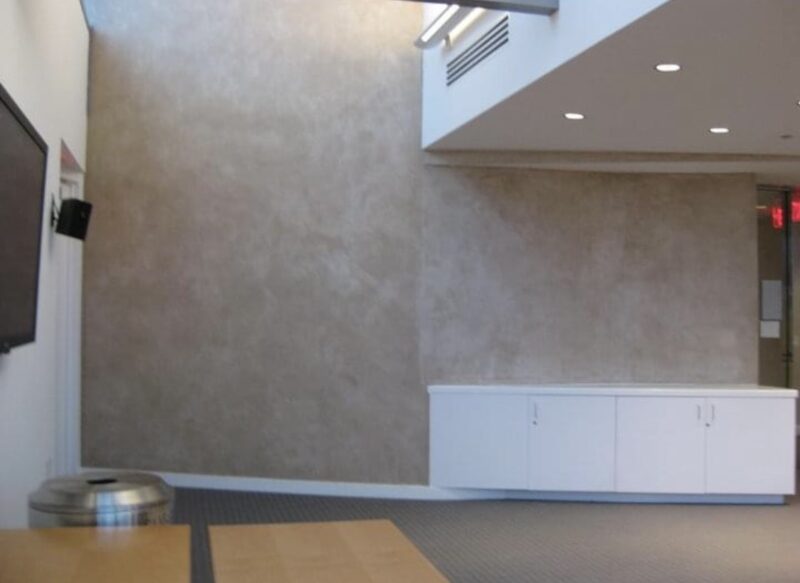As I delve into the exquisite world of Italian craftsmanship, my mind wanders to the grandeur of iconic art, the elegance of architectural marvels, and the rich tapestry of history that envelops Italy’s landscapes. Among the hidden treasures of this magnificent country lies a gem, perhaps not as celebrated as the Colosseum or the Leaning Tower of Pisa, but one that has subtly influenced Italian architecture and design for centuries: Marmorino, the Italian lime plaster.
A Storied Past
The origins of Marmorino reach deep into the annals of history, tracing back to ancient Rome. Its name, “Marmorino,” draws from the Italian word “marmo,” which means marble. This alludes to the plaster’s captivating ability to mimic the opulence of marble and stone, elevating mundane surfaces to works of art. Marmorino quickly became an emblem of Italian craftsmanship, gracing the walls of structures steeped in significance.
Building with Significance
Marmorino’s ascent to prominence can be attributed to its remarkable versatility. It was the finishing touch on the walls of historic churches, palaces, and government edifices, including the illustrious Doge’s Palace in Venice. Its luxurious, polished finish not only served an aesthetic purpose but also stood as a testament to its endurance, with many of these architectural wonders standing resolute for centuries.
Beneficial to Climate and Health
One of Marmorino’s most exceptional attributes is its breathability. Unlike synthetic wall finishes, this plaster allows moisture to gracefully pass through its surface, helping to maintain optimal humidity levels within a space. This unique feature not only fosters a healthier living environment, preventing the menace of mold and mildew, but also enhances a building’s adaptability to shifting climate conditions.
Versatility for Interior and Exterior
Marmorino’s flexibility extends beyond its functional virtues. Its palette of natural pigments can be tailored to create a captivating spectrum of colors, affording designers and homeowners a limitless canvas for both interior and exterior projects. Whether adorning serene, matte-finished living spaces or bestowing glossy grandeur upon exteriors, Marmorino transcends boundaries and categories.
Contemporary Resurgence
In recent years, Marmorino has experienced a renaissance in the world of contemporary interior design. Its timeless allure and transformative power have captured the imagination of designers and architects alike. Whether adorning a modern penthouse, a rustic countryside villa, or embarking on the restoration of a historic masterpiece, Marmorino introduces an unmistakable touch of elegance and sophistication.
Conclusion
As we seek to embrace sustainable and eco-conscious building materials, Marmorino stands as a testament to the enduring appeal of natural craftsmanship. Its history is intricately woven into Italy’s architectural heritage, and its virtues extend to both climate and well-being. Marmorino’s versatility for interior and exterior applications ensures its lasting presence in design and construction for generations to come. Whether you’re embarking on the restoration of a storied landmark or simply yearning to craft a masterpiece within your own abode, Marmorino Italian lime plaster offers a harmonious blend of tradition, beauty, and functionality, a testament to Italy’s timeless grace and elegance.


